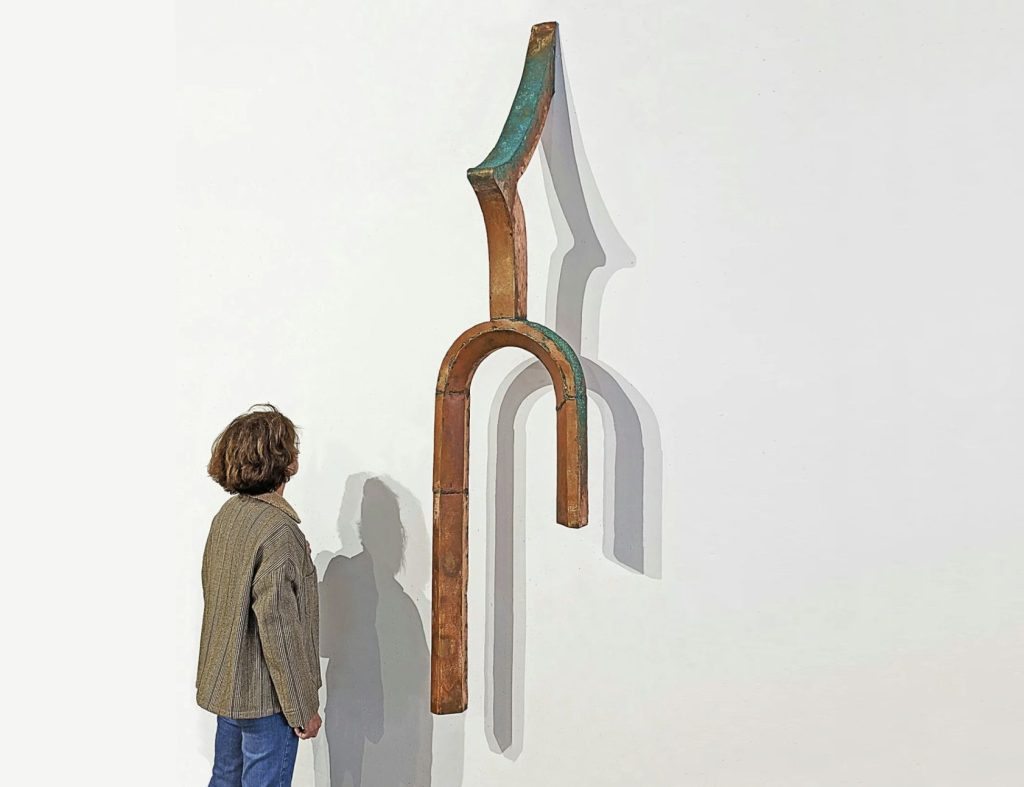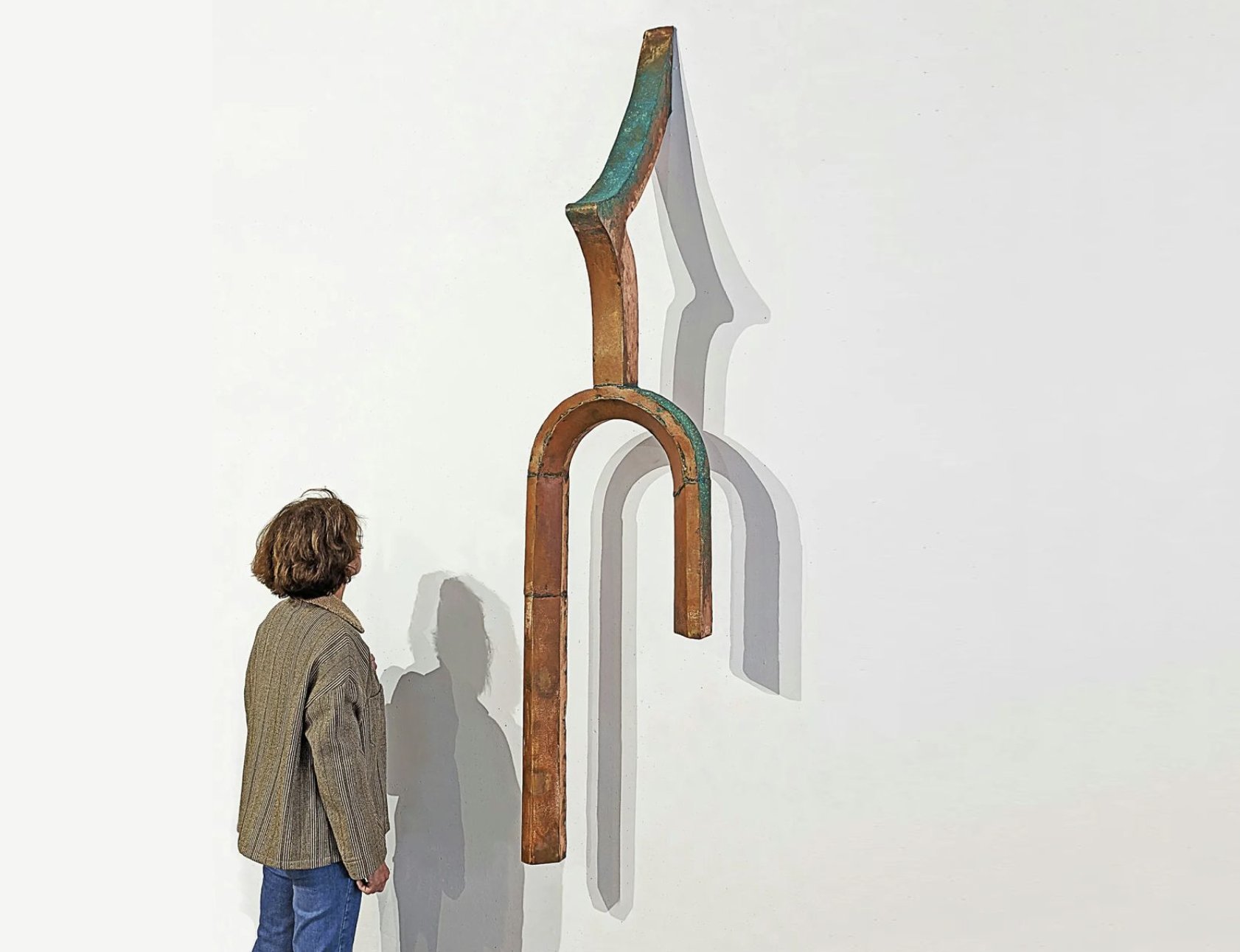
Anya Gallaccio’s Exploration of Mortality Through Organic Art

# The Beauty of Impermanence: Anya Gallaccio at Turner Contemporary
**Margate, England** — Art often expresses ideas that transcend the limits of time and space. However, in *Anya Gallaccio’s* latest exhibition at Turner Contemporary, titled *Preserve,* the very essence of the art lies in its relationship with time—specifically decay, impermanence, and the lifecycle of nature. The show opens a dialogue on the inevitability of decay and the cyclical process of regeneration, delivering a poignant and immersive experience that slowly transforms over its duration.
## A Sensory Journey
Upon entering the exhibition, visitors are immediately immersed in a multisensory experience where sight and smell intermingle in unexpected ways. Notably, the scent of decay hits before many of the artworks come into view. This isn’t incidental; it’s by design.
Along a long gallery wall, hundreds of bright, red gerberas are pressed between panes of plexiglass—a piece fittingly titled *Preserve ‘Beauty’* (1991/2024). Yet, by the time visitors get to the installation, the flowers have already begun to deteriorate. The once vibrant blossoms are now tinged with mold, their petals wilting, and some have even slipped and lay in heaps on the floor. This literal disintegration speaks to Gallaccio’s fascination with the transformative power of time on organic materials, showcasing how beauty fades—and in its fading, becomes its own unique statement.
Nearby, candles flicker and burn atop aluminum foil spread across the gallery floor. This piece evokes the creation of a dynamic, ever-changing environment. As some candles flicker out, others are relit, and the resulting scatter of pooled wax accretes into a growing formation, building visually into an organic landscape—partially controlled and partially left to entropy.
## Cycles of Life and Death: Material as Metaphor
One of the most evocative components of Gallaccio’s work lies in the way she repurposes natural elements to evoke both a literal and metaphorical commentary on life, death, and rebirth. In the second installation space, strings of apples hang suspended from the ceiling, creating an orchard-like sculpture entitled *Falling from Grace* (2000/2024). At this stage of the exhibition, the apples have begun to exude a cidery aroma, signaling the start of their decomposition. Eventually, their smell will sour as fermentation sets in, creating a visceral connection between visitors and the material ebbing into decay.
The exhibition also features one of Gallaccio’s most ambitious works, a 100-plus-year-old ash tree that had succumbed to the natural disease of ash dieback. The once mighty tree, felled and reassembled indoors with wires and bolts, stands as a testament to nature’s power, and its fragility. This installation, titled *The Inner Space Within* (2008/2024), pays homage to the tree’s existence, even as its life comes to an end. The piece reframes our relationship with natural regrowth, suggesting that decay itself generates opportunities for new forms of life. Indeed, after the exhibition ends, the tree will return to its natural environment, continuing to decompose and provide sustenance for the surrounding wildlife.
## Transience and Permanence: A Narrative in Opposition
While many of the pieces in Gallaccio’s exhibit dwell on change and transience, there are also interspersed examples of permanence—captured through more traditional forms of art. Ground gemstones transformed into marbled paper and bronze sculptures of artichokes and potatoes provide a stark contrast to the largely ephemeral creations. Still, within the context of the show, these more lasting works feel secondary, almost as if they are footnotes to the dominant theme of time’s irreversible passage.
Perhaps Gallaccio is pointing out the futility of attempting to preserve beauty and life in perpetuity. While essentially “permanent,” the bronze foods lack the vibrancy and vitality of their organic counterparts. They cannot age—or decay—like the apples or flowers, and instead serve as static representations, devoid of the cyclical energy seen elsewhere.
## The Deeper Symbolism: Western Art Traditions Revisited
Gallaccio’s use of classical tropes—apples, flowers, candles, trees—taps into a long tradition in Western art history, especially emerging from the Renaissance. The symbolism runs deep. The apple calls to mind the biblical story of the Fall of Man, a tale imbued with the concepts of temptation, sin, and consequence. Candles, standing for the transient nature of life, appear frequently in memento mori compositions, reminding viewers of their mortality. Even the flowers in *Preserve ‘Beauty’* recall centuries of floral still-life paintings that center on the fleeting nature of beauty and life, nodding to the inevitability of death.
By letting these materials and symbols disintegrate and dissolve before the viewer’s very eyes, Gallaccio